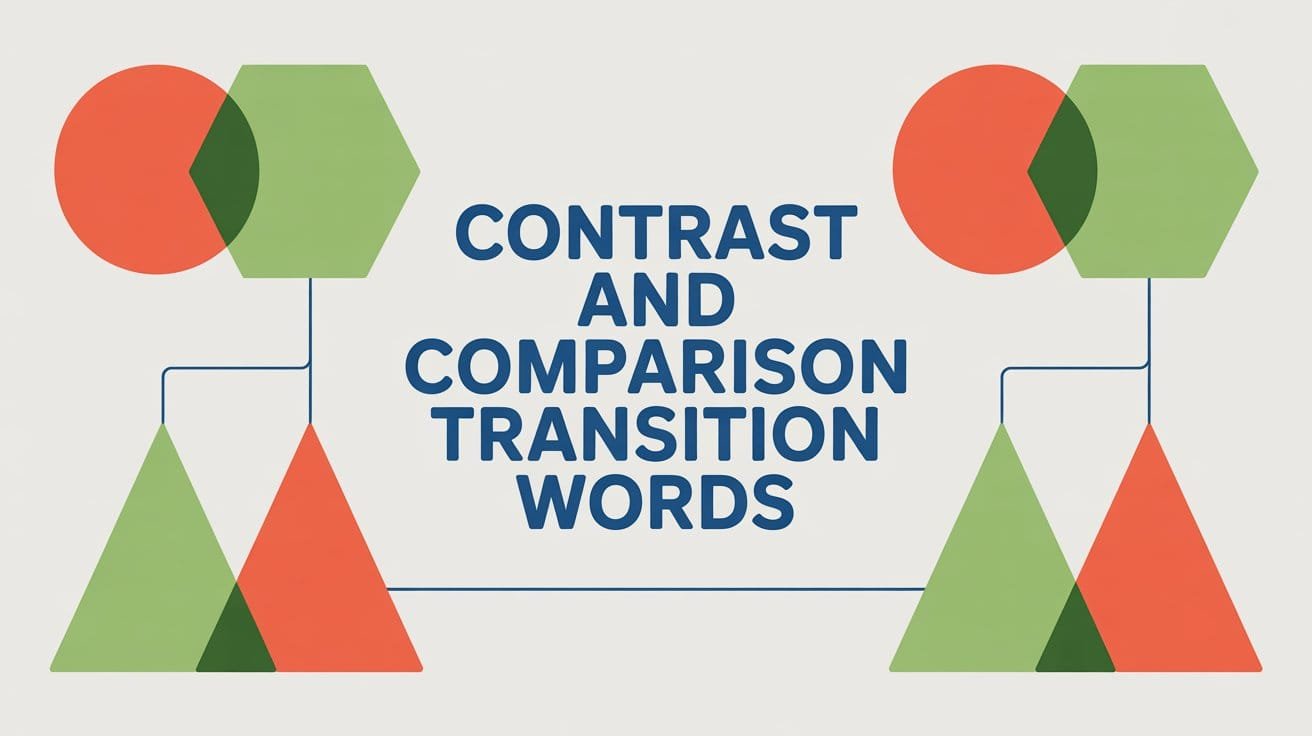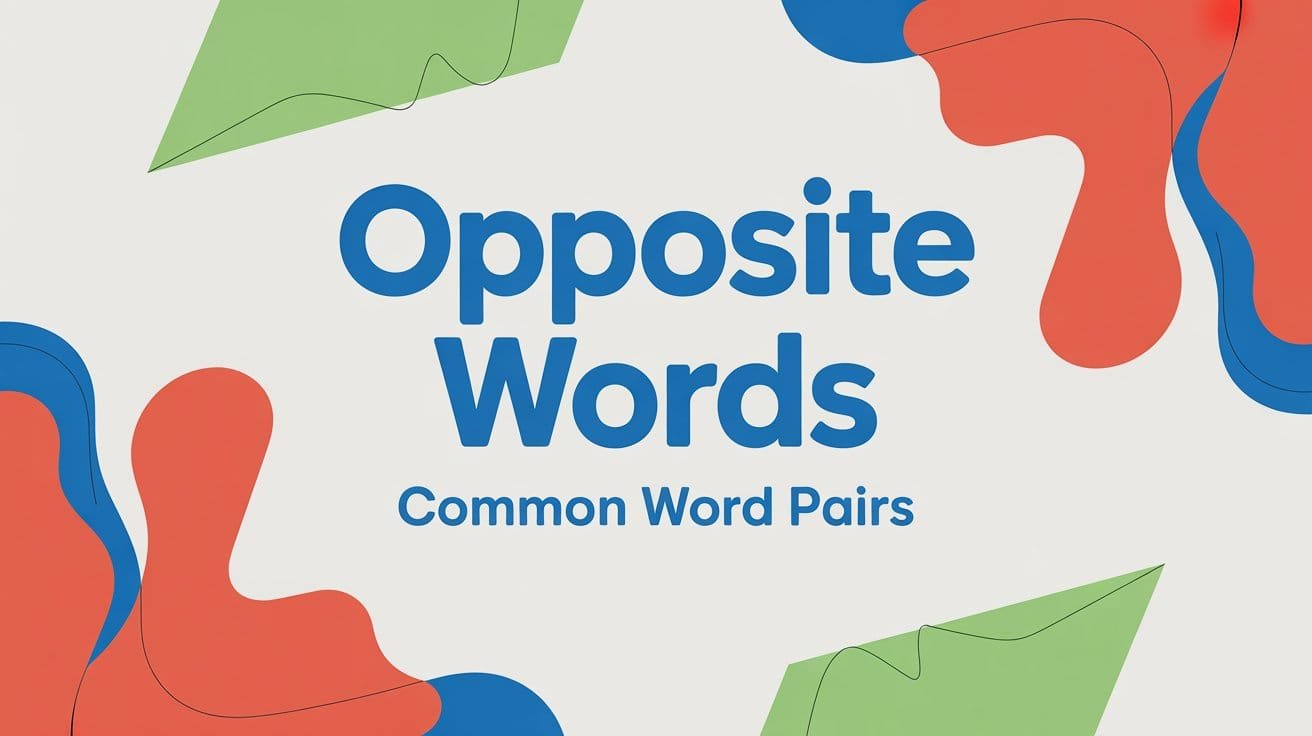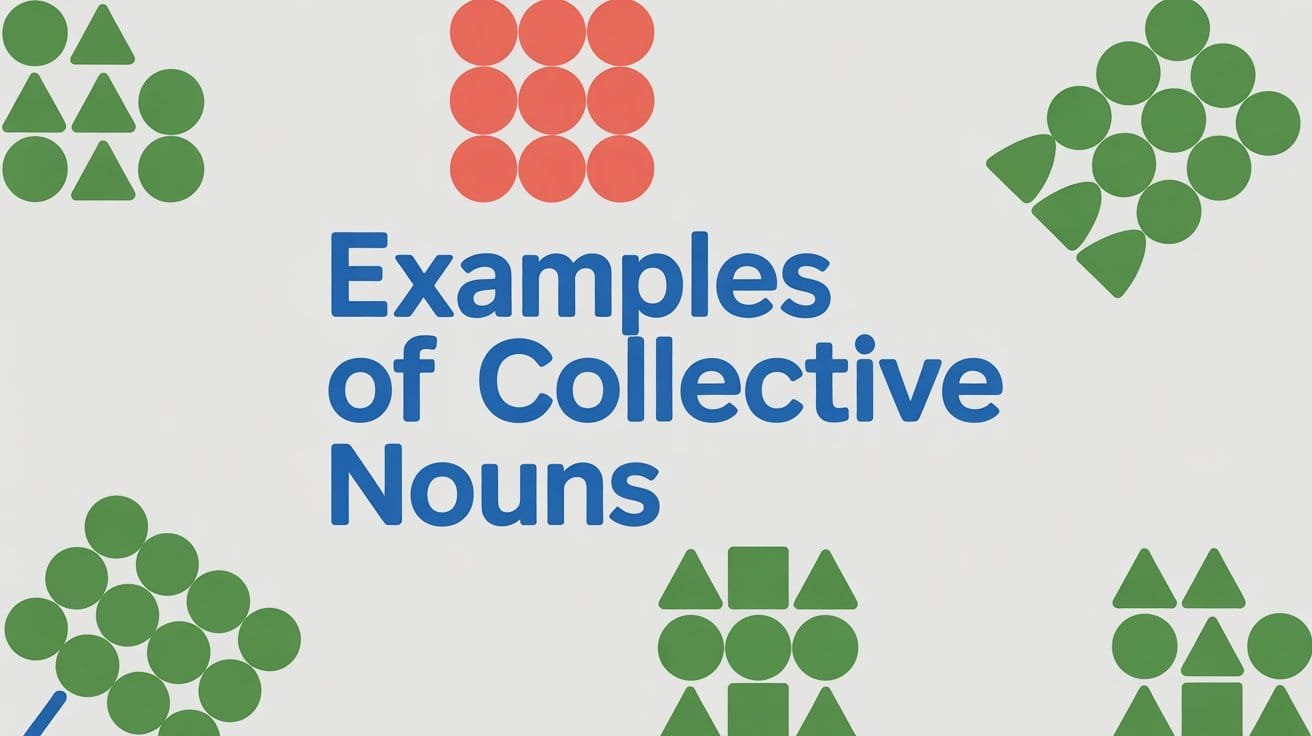Writers often need to show how ideas are alike or how they differ. Contrast and comparison transition words make these relationships clear by guiding the reader between similarities and differences. Without them, writing can feel disjointed, and connections between points may be missed.
Common Contrast and Comparison Transition Words
- However
- On the other hand
- Similarly
- Likewise
- In contrast
Comparison Transition Words (with Examples)
Comparison transition words highlight similarities between two ideas or situations. They are useful in essays, reports, and analytical writing where you want to connect related points or show parallel reasoning.
Similarly
Usage: Shows that two ideas share the same quality or effect.
- Group discussions improve critical thinking. Similarly, debates encourage students to analyze issues deeply.
- The north region experienced rapid economic growth. Similarly, the south saw progress due to trade expansion.
Likewise
Usage: Suggests that what is true in one case is also true in another.
- The new policy increased employee satisfaction. Likewise, it reduced staff turnover across departments.
- Her dedication inspired her classmates. Likewise, her teacher praised her consistent hard work.
In the same way
Usage: Points out that an idea mirrors another in process or effect.
- Plants need sunlight to grow. In the same way, writers need feedback to improve.
- The first project failed due to poor planning. In the same way, the second project struggled without clear goals.
Just as
Usage: Compares two ideas directly, often in parallel structure.
- Just as strong roots support a tree, a solid foundation supports a building.
- Just as practice improves musical skills, revision strengthens essay writing.
Equally
Usage: Emphasizes that two points hold the same importance.
- Knowledge and creativity are equally important in solving complex problems.
- Both science and literature are equally valued in a balanced education.
In comparison
Usage: Highlights a similarity (or difference) when two cases are placed side by side.
- The rural schools have limited resources. In comparison, urban schools face challenges of overcrowding.
- Traditional lectures are passive. In comparison, interactive lessons encourage participation.
In like manner
Usage: A formal way to show that two situations are handled or viewed the same way.
- The first candidate emphasized teamwork. In like manner, the second candidate focused on collaboration.
- Teachers adapt lessons for visual learners. In like manner, they adjust for auditory learners.
Analogous to
Usage: Shows that one situation is similar to another in structure or function.
- The human brain is analogous to a computer in the way it processes information.
- The marketing strategy is analogous to a chess game, where each move affects the final outcome.
Correspondingly
Usage: Suggests a direct relationship where two situations match in importance or effect.
- The company expanded production. Correspondingly, demand for labor increased.
- The city improved public transport. Correspondingly, traffic congestion decreased.
Contrast Transition Words (with Examples)
Contrast transition words highlight differences, opposing views, or exceptions. They are common in compare-and-contrast essays, debates, and analytical writing where balanced arguments are needed.
However
Usage: Introduces a statement that contrasts or qualifies the previous one.
- The policy was popular. However, it faced strong criticism from economists.
- He studied consistently. However, his performance did not improve significantly.
On the other hand
Usage: Presents an alternative or opposite perspective.
- Urban living offers many conveniences. On the other hand, rural areas provide peace and community bonds.
- The plan seems cost-effective. On the other hand, its long-term sustainability is uncertain.
In contrast
Usage: Emphasizes a clear difference between two ideas or situations.
- The north has a mild climate. In contrast, the south experiences extreme heat.
- Public transport is well developed in major cities. In contrast, rural areas rely heavily on private vehicles.
Nevertheless
Usage: Acknowledges a point but shows that it does not cancel out the argument.
- The exam was challenging. Nevertheless, most students achieved good results.
- He faced strong opposition. Nevertheless, he continued with his proposal.
Although / Though
Usage: Introduces a concession or limitation within a sentence.
- Although the process is expensive, it produces reliable results.
- The book was long. Though it was difficult, it provided valuable insights.
Whereas
Usage: Directly contrasts two ideas, often within one sentence.
- She enjoys classical music, whereas her brother prefers rock.
- Public schools are government-funded, whereas private schools rely on tuition fees.
While
Usage: Functions like although or whereas, highlighting contrast.
- While the project showed promise, it lacked proper funding.
- While the internet offers instant access to information, it also spreads misinformation.
Conversely
Usage: Shows the reverse of the previous statement.
- Increasing taxes may discourage investment. Conversely, lowering taxes can stimulate growth.
- Spending cuts reduce public services. Conversely, higher spending can improve access.
Yet
Usage: Highlights a surprising contrast between two facts.
- The movie received poor reviews. Yet, it became a box-office success.
- She was young. Yet, she handled the situation with maturity.
Despite / In spite of
Usage: Shows contrast when an action happens even though conditions could prevent it.
- Despite heavy rain, the event continued as planned.
- In spite of his injury, he completed the marathon.
Notwithstanding
Usage: Formal way of saying “despite.”
- Notwithstanding the criticism, the project moved forward successfully.
- Notwithstanding her lack of experience, she performed well in the role.
Side-by-Side Examples of Comparison and Contrast Transitions
Seeing comparison and contrast transitions together makes it easier to understand how they work differently in essays and reports.
Example 1
- Comparison: Online courses allow students to learn at their own pace. Similarly, evening classes provide flexibility for working adults.
- Contrast: Online courses allow students to learn at their own pace. In contrast, traditional classes follow a fixed schedule.
Example 2
- Comparison: The new law improved road safety. Likewise, it encouraged the use of public transport.
- Contrast: The new law improved road safety. However, it increased commuting costs for drivers.
Example 3
- Comparison: Both novels explore themes of identity. In the same way, they highlight the struggle for personal freedom.
- Contrast: One novel focuses on cultural traditions. Whereas, the other emphasizes individual choice.
Example 4
- Comparison: The experiment succeeded in one region. Correspondingly, results in the second region showed similar improvements.
- Contrast: The experiment succeeded in one region. Conversely, it failed to produce results in the second region.
FAQs About Contrast and Comparison Transition Words
What are examples of comparison transition words?
Common comparison transitions include similarly, likewise, in the same way, just as, equally, correspondingly, and in like manner. These words highlight similarities between ideas.
What are the most common contrast transition words?
Frequently used contrast transitions are however, on the other hand, in contrast, nevertheless, whereas, conversely, and despite. They signal differences or opposing viewpoints.
Can I use both contrast and comparison transitions in the same essay?
Yes. Many essays require comparison transitions to show similarities and contrast transitions to highlight differences. For example, in a compare-and-contrast essay, you might use likewise in one paragraph and however in the next.
Are “but” and “and” considered transition words?
While but and and function as connectors, they are considered coordinating conjunctions, not formal transition words. In academic or professional writing, stronger transitions like however or moreover are preferred.
Do contrast and comparison transitions always go at the beginning of a sentence?
Not always. While they often appear at the start of a sentence or paragraph, they can also be placed mid-sentence for smoother flow. Example: “The project succeeded in rural areas; however, it faced challenges in urban regions.”



